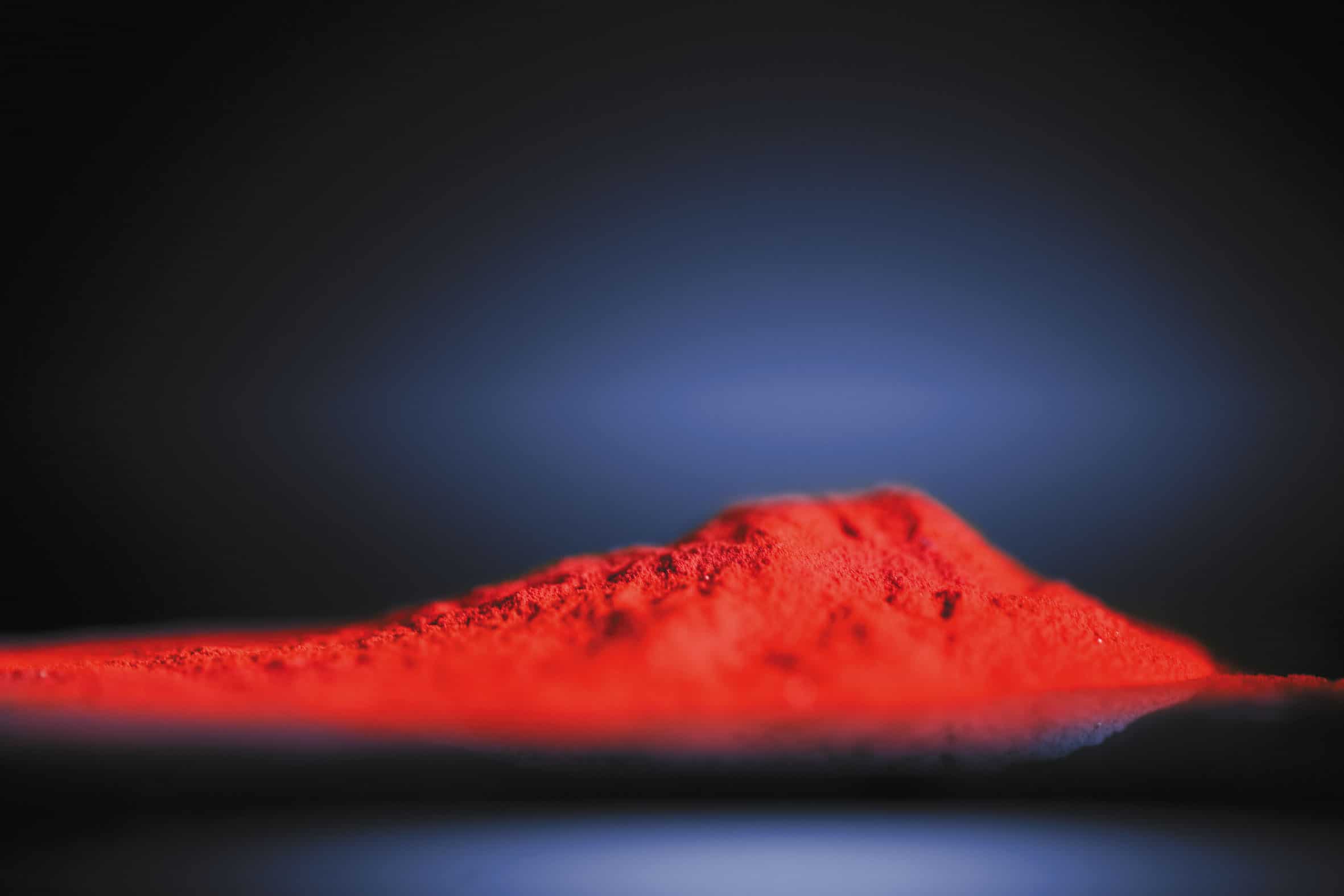
Powder coatings are a growing technology with numerous applications. Initially designed to generate coatings displaying a greater resilience than comparable liquid-applied ones, the technique’s current rapid development is essentially driven by the need for more environment-friendly, solvent-free processes. It consists of several processing steps. The powder coating is first fluidized then introduced into the pneumatic conveying system, leading up to the electrostatic ally assisted application (via spraying) onto a prepared substrate. The applied coat is then submitted to a heat treatment stage where polymerisation takes place and the coating is expected to both bond to the substrate and form a continuous, smooth surface.
This involves rather complex mixtures of powders, including – but not limited to – systems that use two co-polymers along with the catalysts (so-called hybrid coatings) or, as in the simpler case of polyethylene coatings, of polymer mixtures consisting of monomers and Ziegler-Natta catalysts.
To ensure the smooth operation of this process, several material variables need to be present within the powder mixture used as raw material. The powders need to be fluidisable to ensure both a good transport and a correct application to the substrate. The fluidisation constants (both incipient as well as full) need to be known in order to ensure optimal calibration of the equipment. To further ensure optimal usage of the equipment, it would be of use to measure a value of apparent viscosity of the system.
A classical way to improve flow and help with fluidisation is to include fine particles of pyrogenic silica (or, alternatively, Al2O3) in the mixture. However, while these flow aids significantly improve the flow of the powder, pyrogenic silica will also affect the melting point, molten viscosity and polymerisation of the coating. Variations in melting point temperature may lead to obvious processing problems. An increased viscosity in the molten state might also be detrimental to the evenness of the coating after application (within reason, one estimates that the lower the viscosity, the better the surface finish). Most important however is the influence of the flow aid on the polymerization process, inasmuch as too much flow aid can lead to a delayed – and therefore incomplete – polymerisation. This phenomenon, when not addressed downstream, can drastically impair the coating’s resilience. However, unlike the molten viscosity problem, this can generally be solved by changing the temperature of the heat treatment step.
In an application report produced by Anton Paar, a powder coating was supplemented with 1 per mille by weight (0.1 wt.%) of pyrogenic silica in order to study its effect on the flow behaviour as well as on the melting and polymerisation characteristics of the coating.
The heat treatment process was simulated by performing melt rheological steps in oscillation using a disposable parallel plate geometry and a Peltier heating device.
In the study, several measurements were carried out, including: Fluidization Measurements, Fluidized Bed Rheology Measurements, Deaeration Measurements, Cohesion Strength Measurements and Melt Rheology Measurements.
Follow the link above to have a full copy of the application report with the test results.










Water Sector Talent Exodus Could Cripple The Sector
Maybe if things are essential for the running of a country and we want to pay a fair price we should be running these utilities on a not for profit...